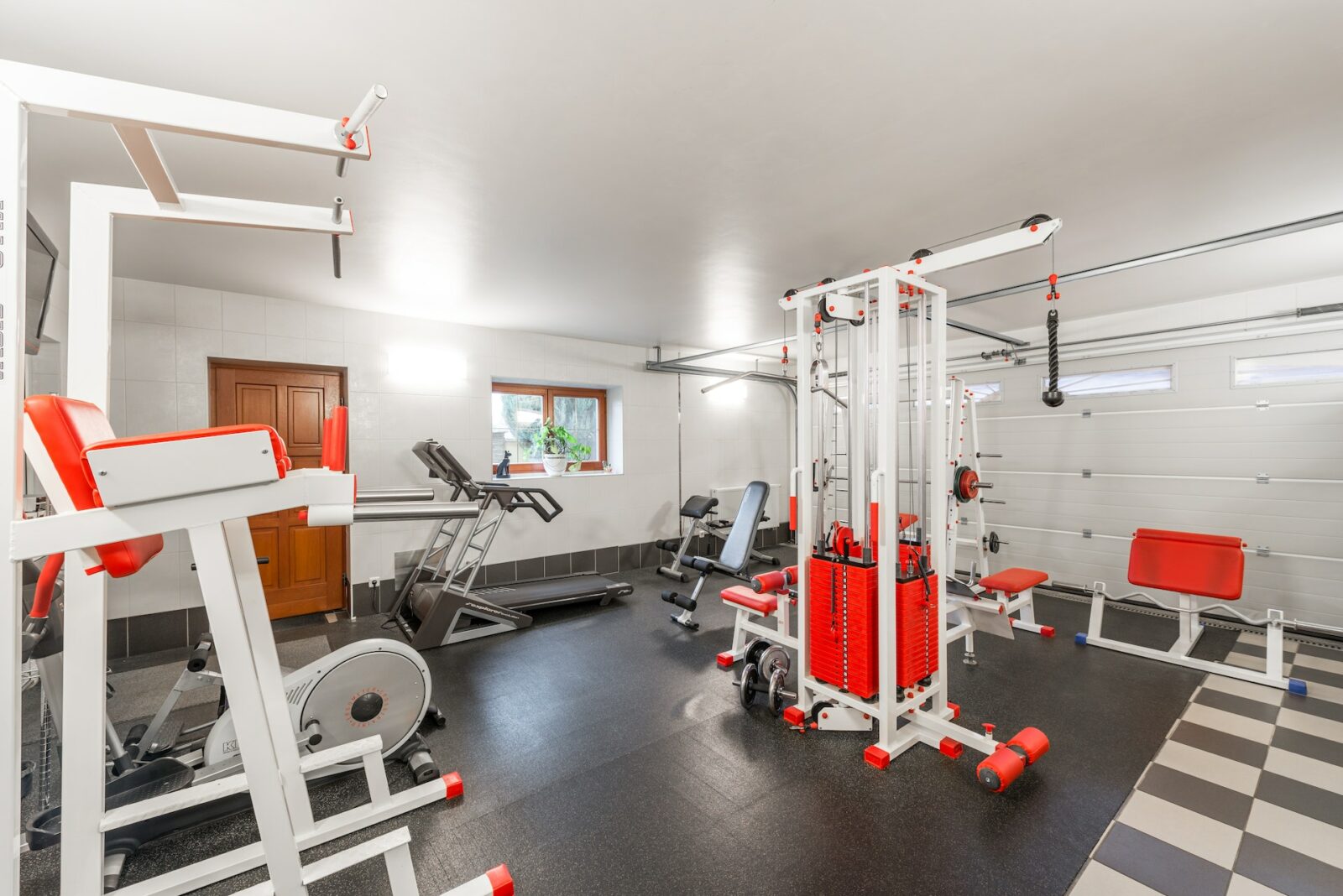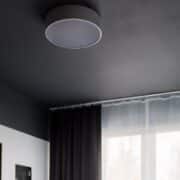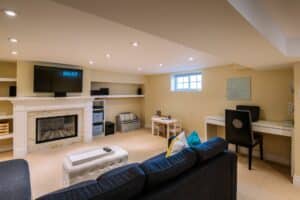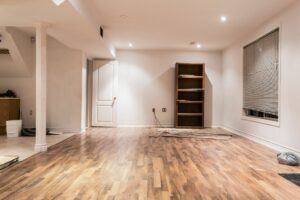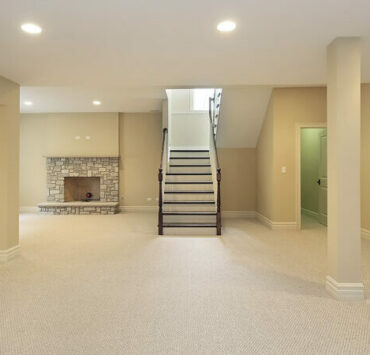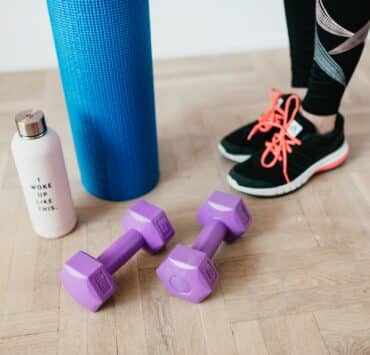Are you tired of battling the crowds at the gym or want to take your fitness routine to the next level? Building a home gym in your basement can be the perfect solution. Not only does it provide a convenient and private workout space, but it can also add value to your home. However, before you get started, it’s essential to consider ventilation and the benefits of having a basement home gym. In this article, we’ll provide you with some tips on how to install a basement home gym and keep it well-ventilated.
Basement Home Gym Design Ideas
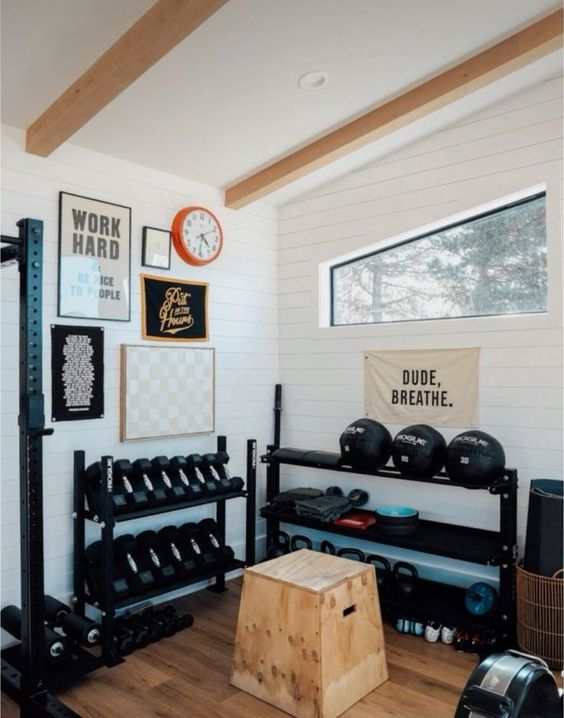
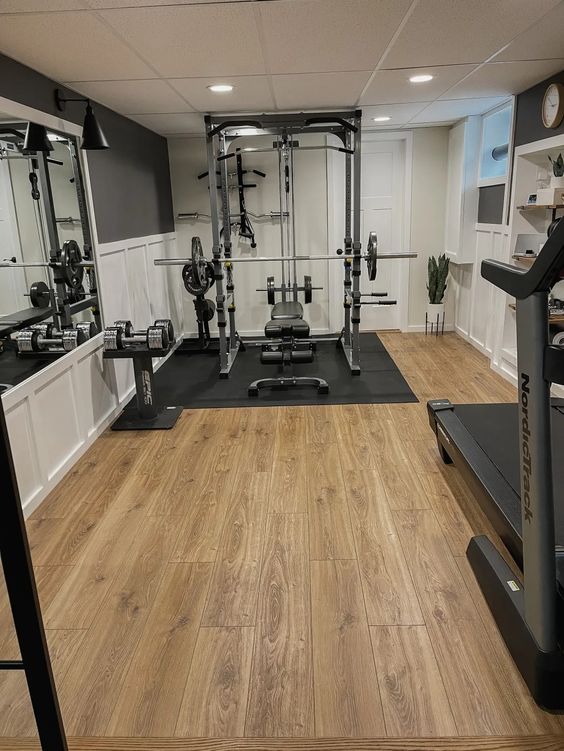
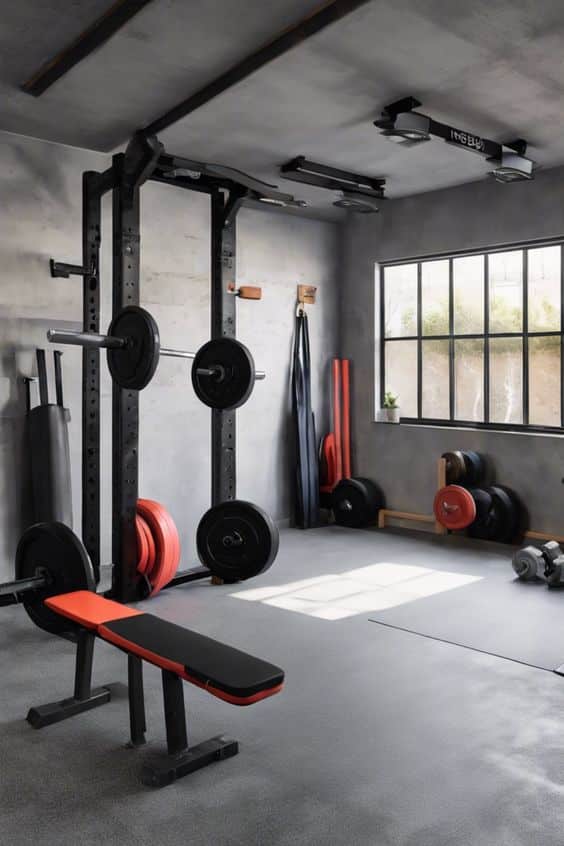
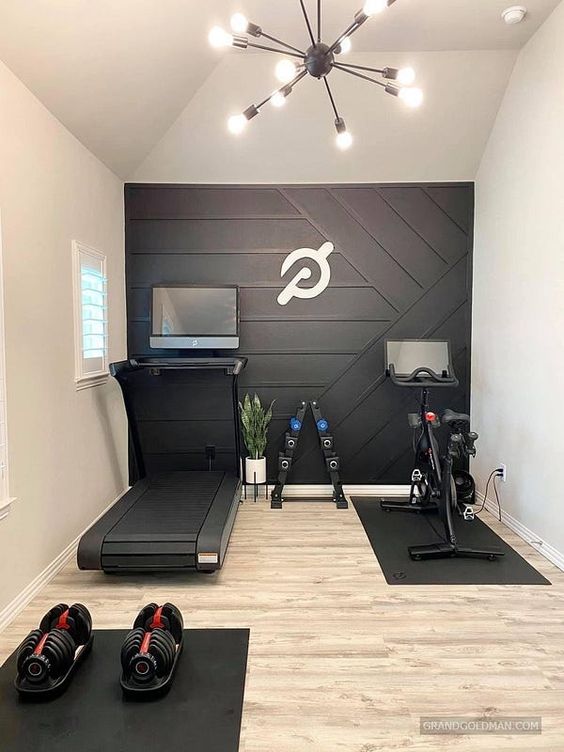
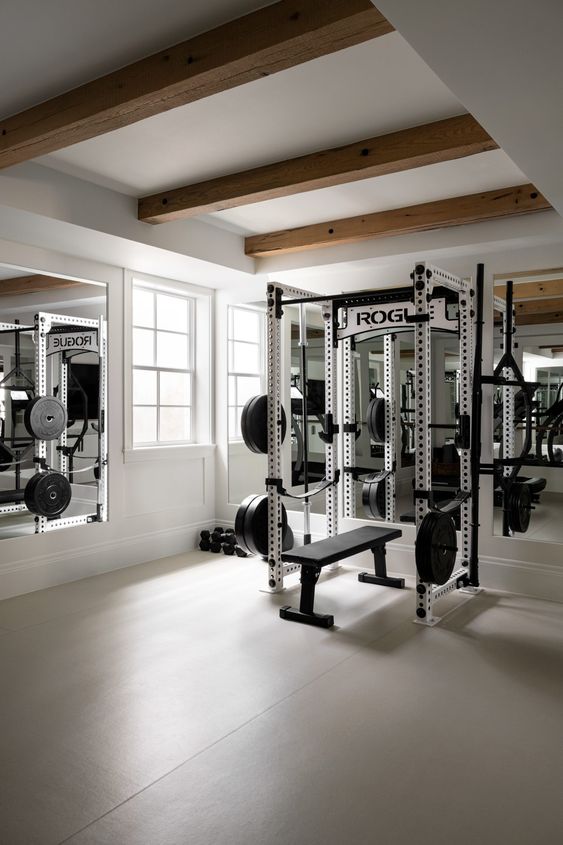
Benefits of Having a Basement Home Gym
Convenience:
Having a home gym means that you can work out whenever you want, without worrying about gym hours or commuting. You can also customize your gym to fit your specific fitness needs and preferences.
Privacy:
Many people feel self-conscious working out in front of others. Having a home gym provides you with the privacy to work out without feeling watched or judged.
Cost-effective:
Over time, a basement home gym can be more cost-effective than a gym membership. You can save money on monthly gym fees, transportation costs, and time spent commuting to the gym.
Improved Health:
A home gym makes it easier to stay committed to your fitness routine, which can lead to improved health and well-being. Regular exercise can help reduce stress, improve sleep, and prevent chronic diseases.
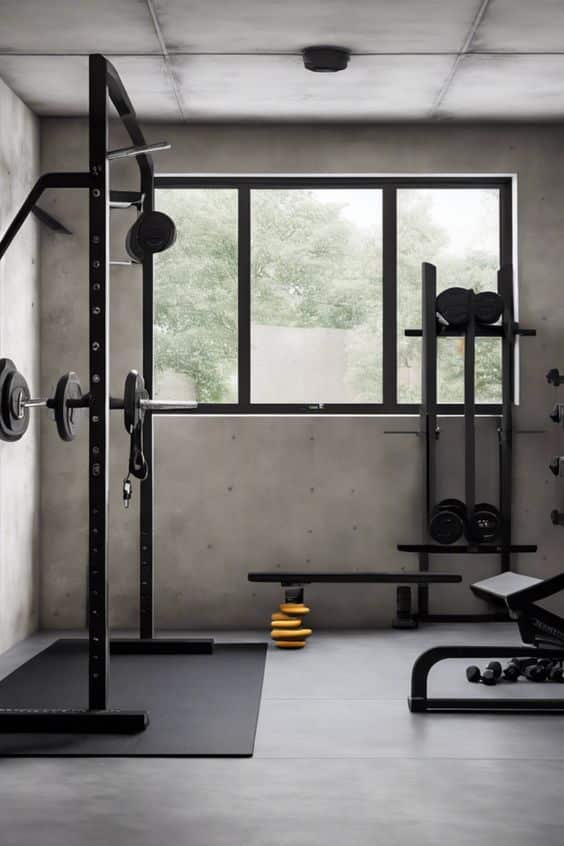
Challenges of Having a Basement Home Gym
One of the biggest challenges you can face is ventilation. A poorly ventilated gym can lead to poor air quality, which can cause health issues, such as allergies and respiratory problems. Here are some tips to keep your basement gym well-ventilated:
How do you Ventilate a Basement Gym?
Install a Dehumidifier:
Basements tend to be damp, which can lead to mold and mildew growth. Installing a dehumidifier can help reduce humidity levels and prevent moisture buildup.
Use Fans:
Use fans to circulate air and improve air quality. Place fans strategically to ensure adequate air circulation and ventilation.
Open Windows:
If possible, open windows to allow fresh air to circulate. This can also help reduce humidity levels and prevent mold growth.
Install an Air Purifier:
An air purifier can help remove airborne pollutants, such as dust, pet dander, and allergens. This can improve air quality and reduce the risk of respiratory problems.
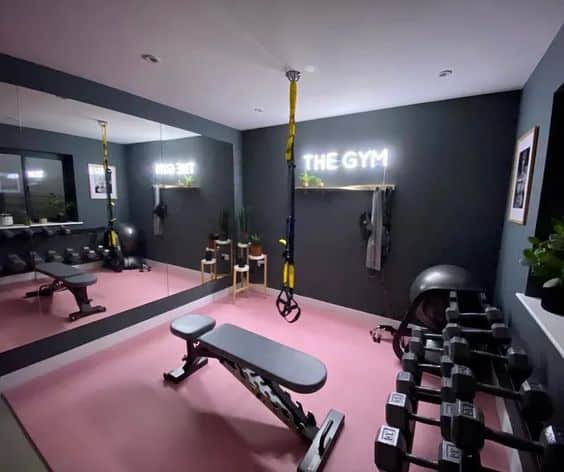
FAQs
1. What type of flooring is best for a basement home gym?
When choosing flooring for your basement gym, it’s important to select materials that are durable, easy to clean, and provide cushioning for exercise. Popular options include rubber mats, foam tiles, and vinyl flooring. These materials help absorb impact and reduce noise, while also being moisture-resistant to handle the humid basement environment.
2. How much does it cost to build a home gym in the basement?
The cost of building a basement home gym can vary depending on the size of the space, the equipment you choose, and any additional modifications like flooring or ventilation. On average, homeowners can expect to spend between $3,000 and $10,000. Costs can increase if you need to add electrical work, special flooring, or large equipment like treadmills or weight machines.
3. How can I maximize space in a small basement gym?
Maximizing space in a small basement gym can be done by choosing multi-functional equipment, such as adjustable dumbbells or a foldable treadmill. Wall-mounted storage solutions, like racks for weights or resistance bands, also help keep the space organized. Mirrors can be added to create the illusion of more space and improve lighting.
4. Do I need special lighting for my basement gym?
Lighting is crucial in a basement home gym, especially since basements typically have limited natural light. Installing bright, energy-efficient LED lighting can help create a motivating environment. Consider adding full-spectrum lighting that mimics natural daylight to enhance the overall atmosphere of the gym.
5. Is it necessary to soundproof a basement gym?
Soundproofing your basement gym may be necessary, especially if you plan to use heavy equipment or do high-impact exercises that generate noise. Installing rubber flooring, acoustic panels, or using thick mats under equipment can help reduce noise. Soundproofing will not only protect your household from disruptions but also create a more focused workout environment.
Building a basement home gym can be a great investment for your health and well-being. However, it’s important to consider ventilation to ensure good air quality and prevent health issues. By following these tips, you can create a safe and comfortable workout space that you can enjoy for years to come.
